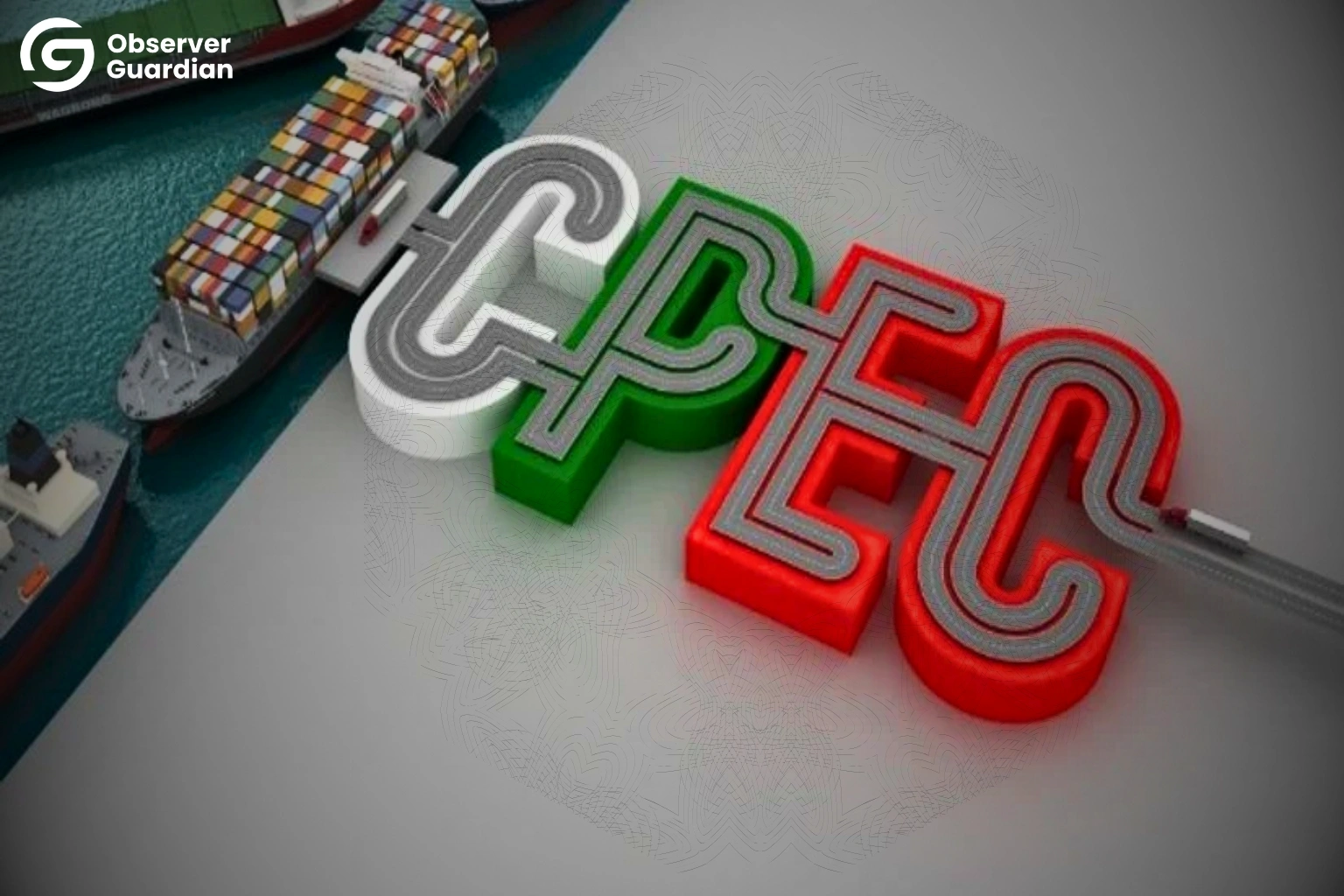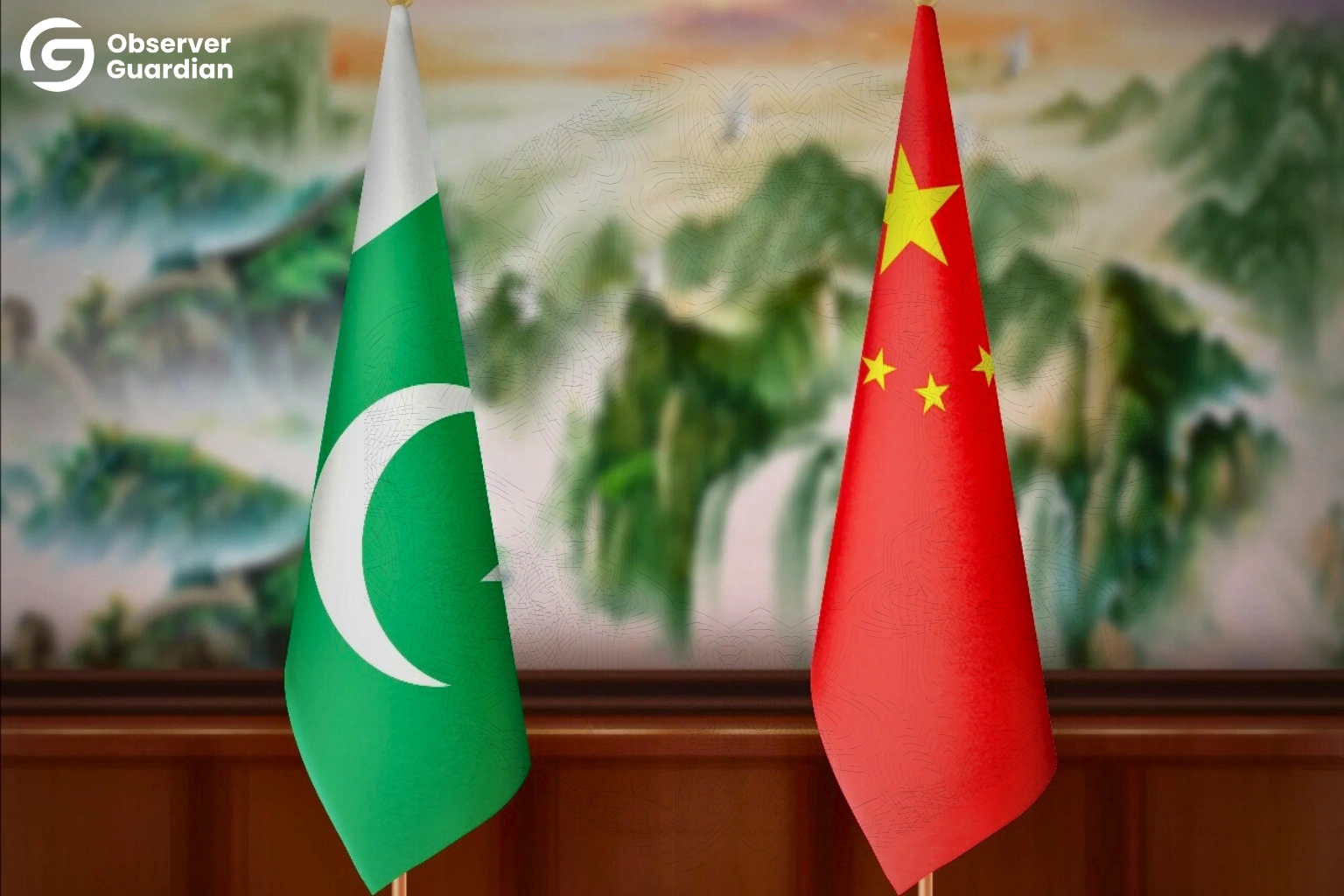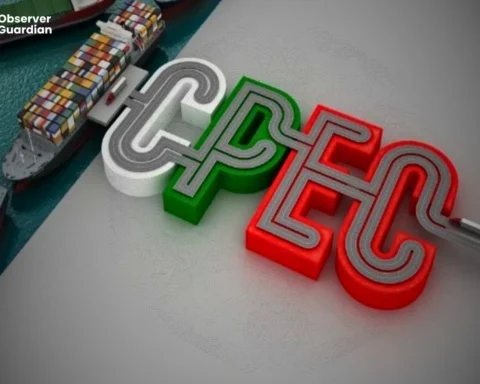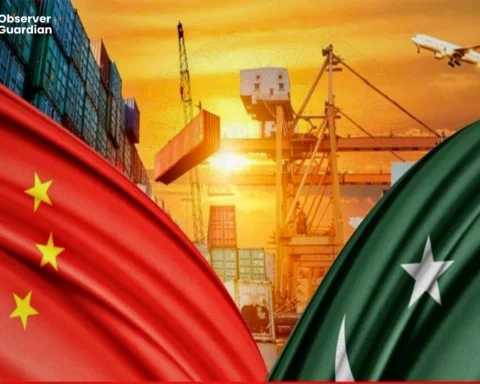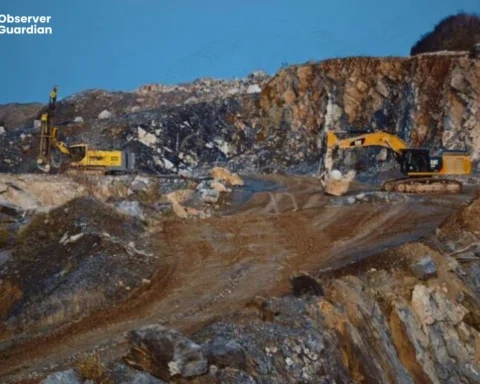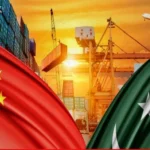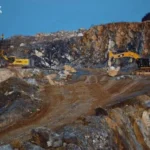Pakistan has always relied on agriculture as the foundation of its economy, and a significant segment of population depends on it, and it defines the livelihood of the rural population. However, the sector has been stalled due to the traditional practices and poor technology. But this is changing rapidly with the introduction of the China-Pakistan Economic Corridor (CPEC) Phase 2. An agricultural modernization program with a new face is being established. It is the one characterized by transfer of technology, increased output and market accessibility, particularly the giant food market in China.
The cooperation of China with Pakistan under CPEC has now extended to roads and energy. Agricultural modernization is a pillar in Phase 2. Chinese professionals are also bringing new farming techniques, seed varieties that are high yielding, and smart irrigation through joint ventures and pilot projects. These inventions are slowly superseding the old fashioned ways, which were highly dependent on the element of guesswork and manual labor. To Pakistani farmers, it is a life changing and practical transformation.
Smart Technology in the Fields
The use of smart farming technology is one of the bright sides of this change. Punjab and Sindh farmers are experimenting with precision agriculture now. They are using digital devices, sensors and satellite images to monitor soil health, water levels, and crop growth. Intelligent irrigation systems are also assisting in minimizing water wastage, which is a very essential advantage to a nation where the problem of water shortage is eminent. Besides, real time monitoring permits farms to save water by utilizing drip and sprinkler systems, and to increase the yield per acre.
These systems are not only making the work more efficient but also transforming the way farmers view their jobs. Agribusiness ventures that embrace innovation as well as profit have attracted youth, who found farming an outdated activity. They are investing in small technical farms, and are participating in Agri-startups, which can pair producers with markets by using digital platforms and appropriate training programs.
Better Seeds, Bigger Yields
Moreover, another area that can make progress is in terms of improved seed varieties. Pakistan is also introducing resilience seed strains of wheat, rice and cotton through collaborative research and Chinese knowledge. These are the crops, which constitute the economy of Pakistan’s export market.
These seeds are also engineered as resistant to droughts, pests and climate shocks, so they are stable in every weather pattern even in unpredictable ones.
Resultantly, the quality and quantity would be enhanced, and the income of the farmers will also be increased and would make the products of Pakistan more competitive in the world arena.
The Prosperity of Rural Areas and Economic Development
Further, it is not merely about increased production in modern farming, but also about improved livelihoods. Rural poverty is also alleviating with increased productivity. Innovations can now ensure that farmers who in the past used to find it hard to make ends meet, can now invest in better equipment, better houses, and take their children to schools. The isolated villages are becoming centers of small scale agribusiness, which has a more stable income and employment. Thus, these multiple effects enhance rural growth and helps in the enhancement of the economic interests of Pakistan.
Another massive jolt is access to the trillion dollar food market of China. Through CPEC, agricultural export of Pakistan including rice, fruits and vegetables, find a new outlet in Chinese supermarkets and distribution channels. The trade does not only diversify the foreign exchange earnings of Pakistan but also contributes to establishment of long term relationships between the producers and buyers. The Pakistani farmers are exploring new markets outside their own countries and are identifying themselves as part of a global supply chain, the first time in decades.
Sustainable Future of Food Security
Additionally, agricultural modernization is also important in securing food for the growing population of Pakistan. With the increase in efficiency in crop and livestock sector due to technology, the country is in a better position to satisfy the local food needs. Practices of modern dairy and meat production, which have been started with the help of China, are increasing production and enhancing nutritional quality.
Pakistan is stabilizing its supply chain and is minimizing the risk of being affected by shortages or foreign shocks, as it keeps up with the international trends in food.
Besides, interprovincial coordination is also a requirement for the success of such initiatives. The new agricultural projects are being shared with Punjab, Sindh, and Khyber Pakhtunkhwa leading to even distribution of development, and alleviation of the regional imbalance. This kind of cooperation makes the process of modernization non-discriminatory and sustainable.
Lastly, agricultural modernization in CPEC Phase 2 does not only mean machines and data, but it means empowerment. It is assisting farmers to make higher incomes, enhance food security of Pakistan, and place the country as a future agricultural producer in the international market. Hence, along with the increasing inroads of modern techniques, agriculture is reviving itself as a source of development, one which links the sustainability of rural areas to the wellbeing of a nation.
⚠ Disclaimer
The views and opinions expressed in this article are exclusively those of the author and do not reflect the official stance, policies, or perspectives of the Platform.

